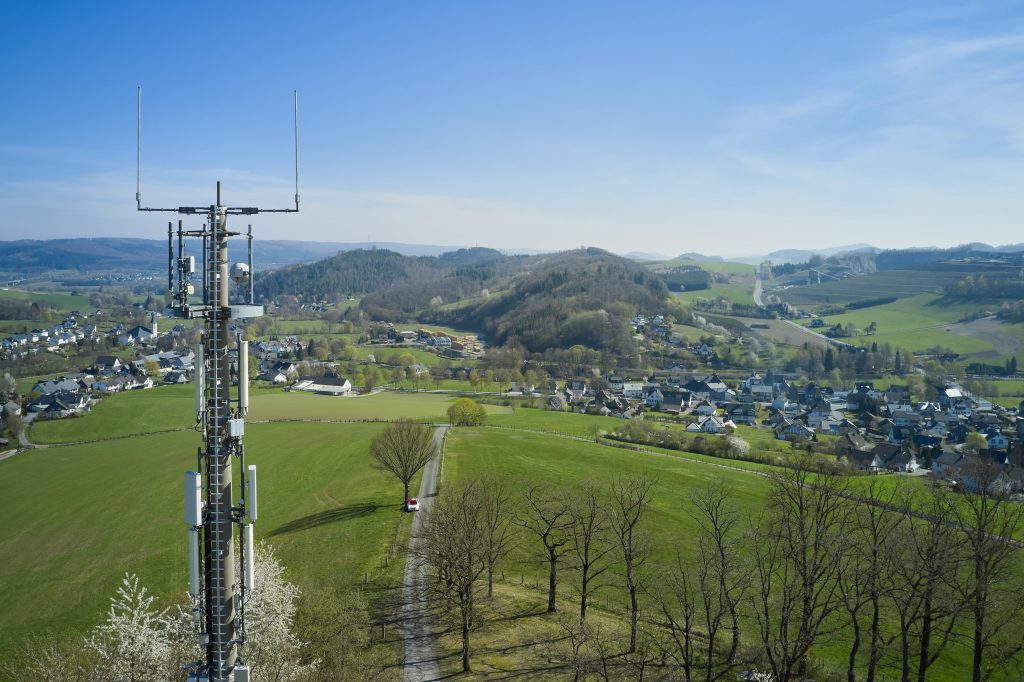Vodafone Germany launched its 5G SA network in partnership with Ericsson, Nokia, Qualcomm and OPPO
Vodafone Germany’s 5G Standalone (5G SA) network is currently available to nearly 10 million people across the country, the telco said in a release.
The German carrier said that 4,000 antennas already support 5G SA technology.
Vodafone also said that 5G SA will be activated across the company’s 5G footprint, reaching nationwide coverage by 2025.
The company also said that its 5G network already reaches 45 million people across the country. The telco also said that its 5G network is expected to be available to 60 million people by 2023.
“We are now launching 5G + (5G SA) for millions of customers and with more and more popular smartphones, with a technology mix of different 5G frequencies. By 2025, we will bring the most modern 5G to almost everyone in Germany, ”said Vodafone Germany CEO Hannes Ametsreiter.
Last year, Vodafone Germany launched its 5G Standalone (SA) network in partnership with Ericsson, Nokia, Qualcomm and OPPO.
For the 5G expansion, Vodafone is relying on frequencies in the 3.6 GHz, 1.8 GHz and 700 MHz bands in large urban areas, residential areas and suburbs, and rural areas across Germany.
Vodafone previously said that it was installing new 5G antennas from technology partner Ericsson in its 5G network, which transmit data in a significantly more energy-efficient manner. In comparison to previous antenna technology, around 40% energy can be saved in the transmission of data. Vodafone has been testing 150 of these 5G antennas and aimed to convert 900 5G antennas to this energy-saving technology by the end of the current financial year.
Vodafone initially launched its 5G network in Germany in 2019, at 3.5 GHz frequencies that it acquired from Telefónica in 2018.
Rival operator Deutsche Telekom previously said it expects to launch its 5G Standalone network in the country, depending on the use cases for the technology as well as the availability of devices.
Deutsche Telekom said that a total of over 63,000 antennas are already transmitting 5G across the country. The European telco noted that it currently has more than 4,000 5G antennas in operation in the 3.6 GHz band, with more than 180 cities and municipalities already benefiting from it.
Deutsche Telekom currently uses two frequencies for 5G. The 3.6 GHz frequency enables the fastest download speeds. This high-speed 5G is mainly used in densely populated regions. In addition, Telekom uses the longer-wave 2.1 GHz frequency.
During the course of this year, Deutsche Telekom also wants to use its 700 MHz frequencies for the provision of 5G services.
The telco kicked off the rollout of its 5G network in a limited number of cities across Germany at the beginning of July 2019.
Over 53% of the German territory is covered by at least one provider supplying 5G as of the end of October 2021, according to the latest available data from the Federal Network Agency (Bundesnetzagentur).













